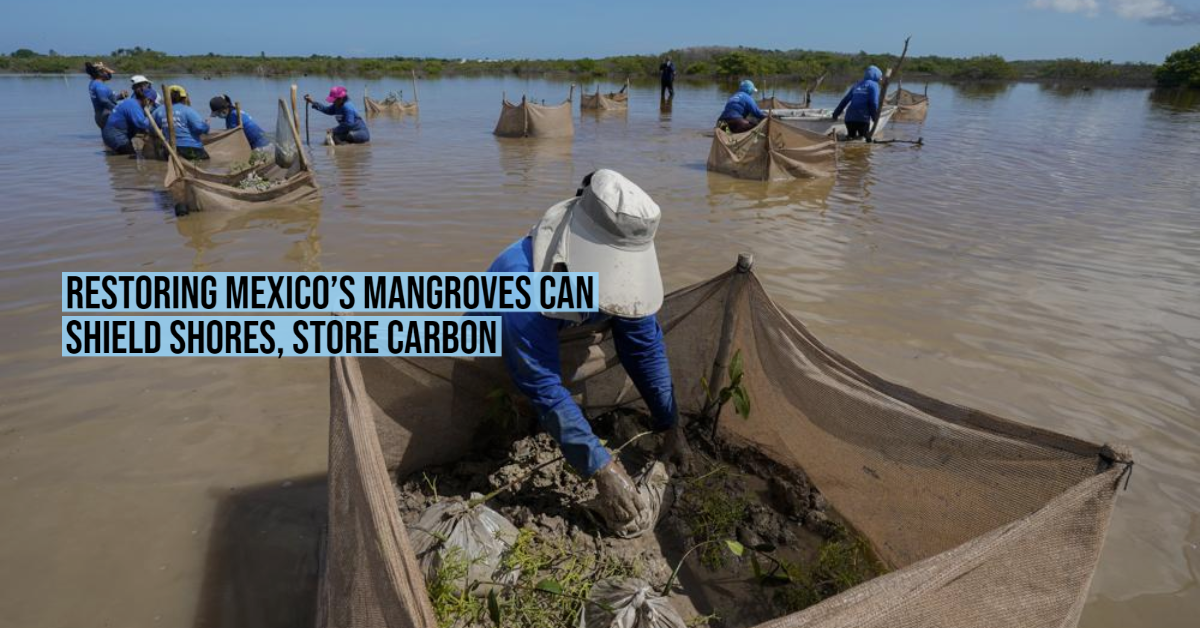When a rotten egg smell rises from the mangrove swamps of southeast Mexico, something is going well. It means that this key coastal habitat for blunting hurricane impacts has recovered and is capturing carbon dioxide — the main ingredient of global warming. While world leaders se…







